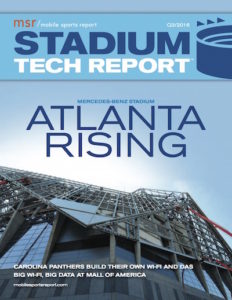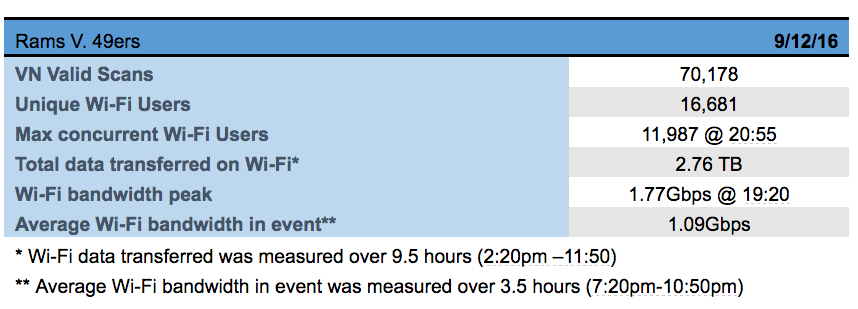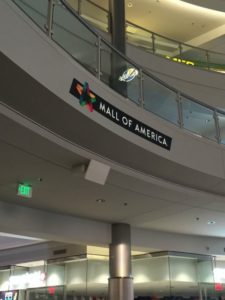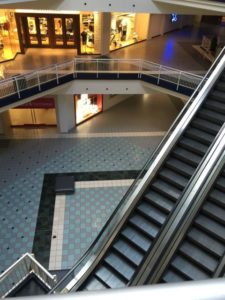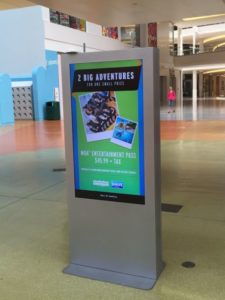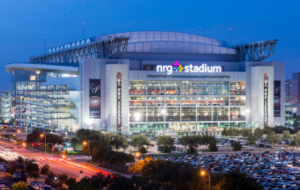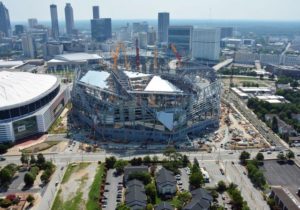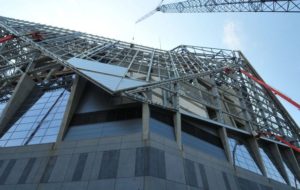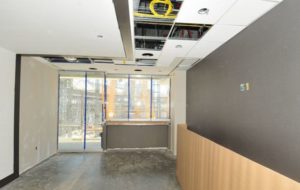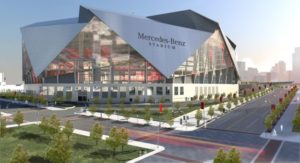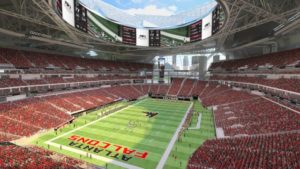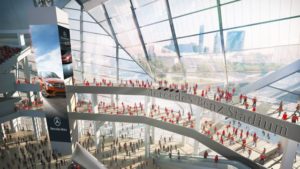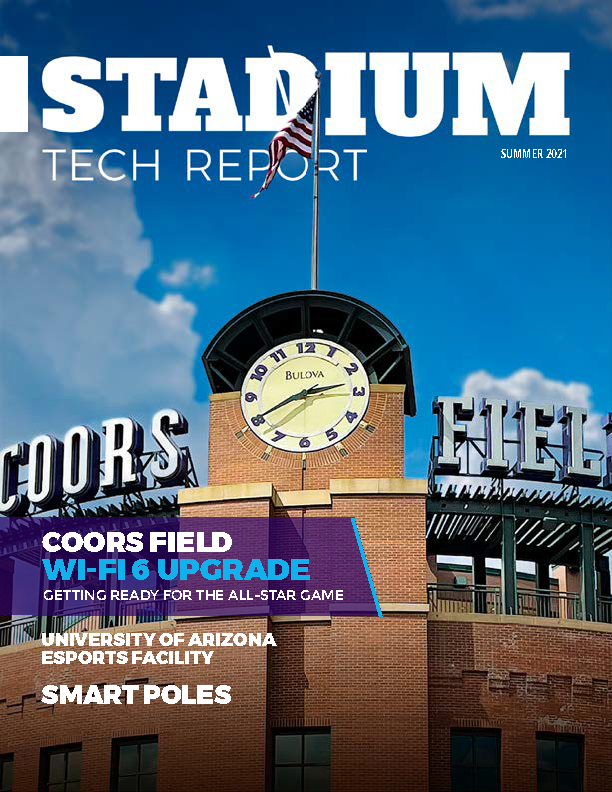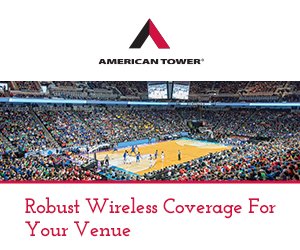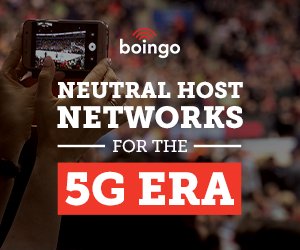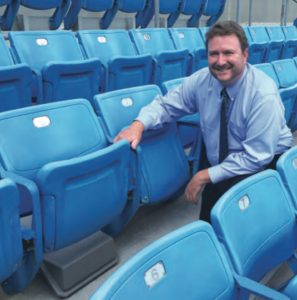
Carolina Panthers director of IT James Hammond shows off a new under-seat Wi-Fi AP at Bank of America Stadium. Credit: Carolina Panthers
Our profile in our latest STADIUM TECH REPORT of Bank of America Stadium in Charlotte, N.C., is a case in point: Thanks to the never-ending demand for more connectivity for fans, stadiums that deployed networks just a few years ago are now finding that those old systems already need upgrades or replacements, typically at a much higher cost than the original network. In addition to BofA Stadium, the New England Patriots’ home, Gillette Stadium, also got a Wi-Fi makeover this past summer, going from about 400 Wi-Fi APs to well over a thousand, with most of the new ones deployed under seats.
According to Fred Kirsch, who oversees the Gillette Stadium network, some of the under-seat placements there were especially tricky, since granite underneath the stands didn’t allow for the ability to drill through the concrete. A workaround involving an above-ground enclosure was envisioned and manufactured, underlining the custom complexity of network deployment found from stadium to stadium. No two are the same, and what works at one may or may not work at another.
But what is common across all these large venues is the ever-increasing need for bandwidth, a moving target that has yet to slow down or stabilize. Last year the story that turned everyone’s head was the need by carriers to upgrade their DAS infrastructure at Levi’s Stadium ahead of Super Bowl 50 – this coming just a year after the stadium had opened for business. While the demands of a Super Bowl (especially Super Bowl 50, which set records for DAS and Wi-Fi usage) are perhaps much different than everyday events, it’s still a safe bet that for many stadiums with Wi-Fi networks – especially the early movers – 2016 has become a year of reckoning, or biting the bullet and writing more checks for more coverage, perhaps seemingly too soon after the initial rollout.
Getting ready for Super Bowl LI
In Houston, NRG Stadium finally has Wi-Fi, and not a moment too soon, with Super Bowl LI on the near horizon. Since the venue didn’t have Wi-Fi prior to this season it’s not really an upgrade but it’s hard to understate the challenge of putting in a Super Bowl-ready network in just one summer, a construction calendar shortened by the fact that integrator 5 Bars and equipment vendor Extreme Networks had to wait until after the NCAA Men’s Final Four was over to begin installing cabling and APs. At of the start of the NFL season the Wi-Fi network is already live at NRG Stadium, and is sure to go through weekly tweaks as the league marches on toward its championship game.
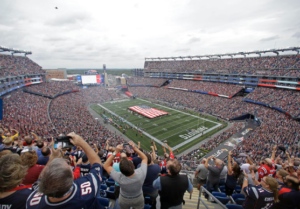
Gillette Stadium before the Sept. 11 game vs. the Miami Dolphins. Credit: Steve Milne, AP, via Patriots.com
New phones and new apps mean more bandwidth demands, leading even those who already have stadium networks to keep wondering if what they’ve installed is enough. We suspect this may be an ongoing story line for the foreseeable future, so – stay tuned here to Mobile Sports Report for the latest success stories and lessons learned from those who have already jumped in or jumped back in to the deployment fray.
Editor’s note: This column is from our latest STADIUM TECH REPORT, which is available for free download from our site. Read about Wi-Fi deployments at Bank of America Stadium, Mercedes-Benz Stadium and more!
